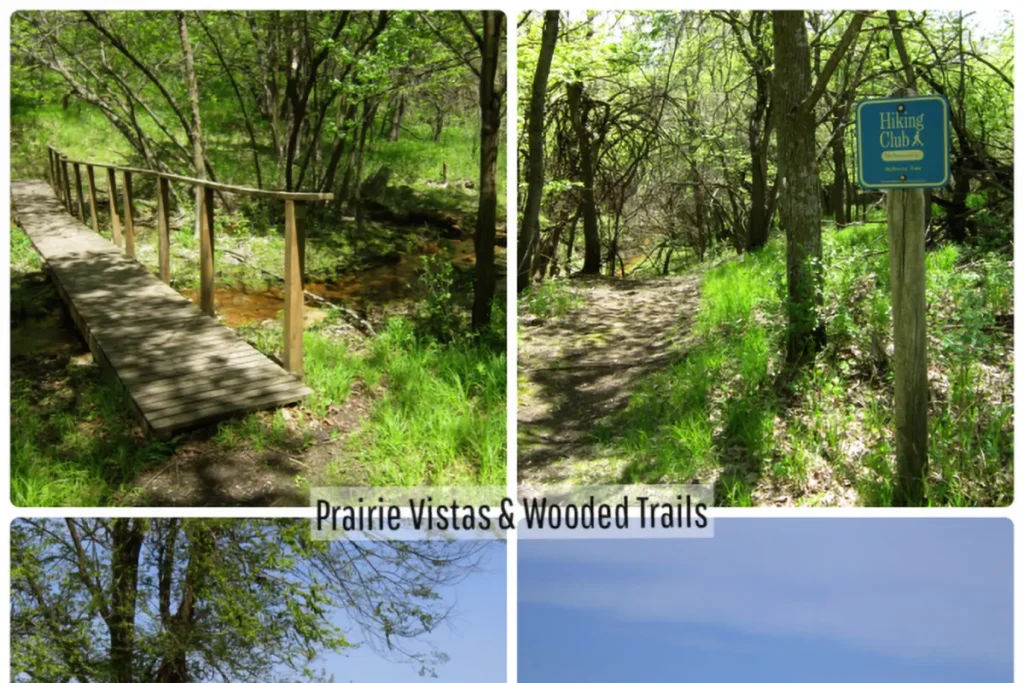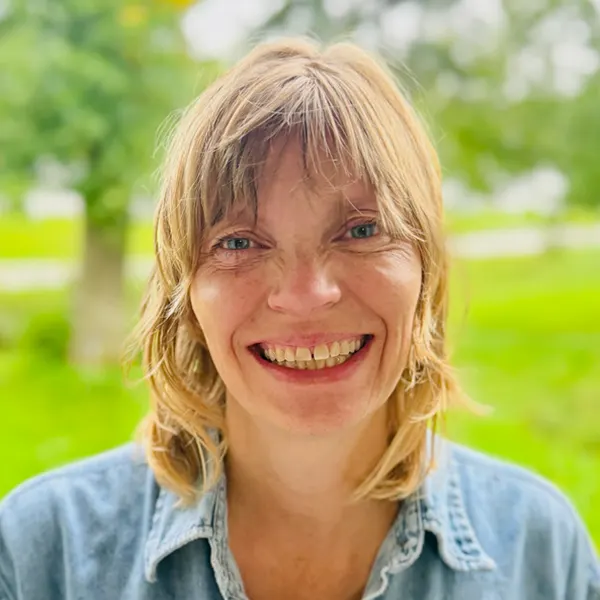As summer approaches and we all begin looking for ways to get outside, CURE, of course, offers many opportunities through our Events and Adventures Program. But we would be remiss in not mentioning our State Parks, a branch of the DNR that has been specializing in outdoor experiences since the founding of Itasca State Park in 1891.
Not a native of the area myself, I am embarrassingly little-acquainted with both state-wide and regional State Parks, but with my mom coming to West Central Minnesota for the first time and balmy weather approaching, I decided to do a little parks research and visiting.
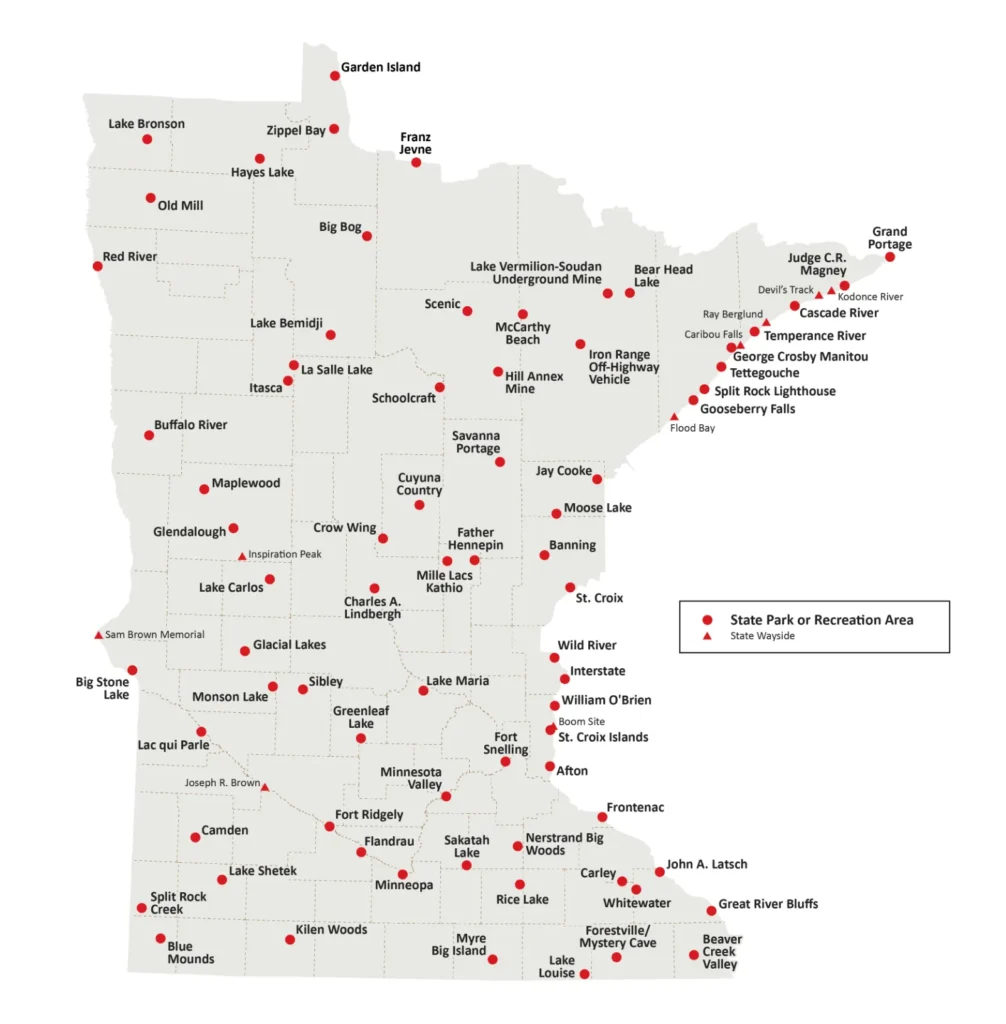
There are 67 State Parks, and through-out the state, knowledgeable staff and naturalists are providing programming every day this summer. While this doesn’t mean that there will be an event or program every day at the park closest to you, I filtered through the events calendar for things happening in one of the seven parks on the Minnesota River or the additional five parks in the larger watershed Memorial Day Weekend, and found 13 events scheduled. At Flandrau, for example, naturalist Scott Kudelka presented on the history and threats to Swan Lake, North America’s largest wetland complex. The next day at Upper Sioux Agency State Park, one of the popular Archery in the Park programs began at 10 am; that night, a Night Hike at Minneopa State Park promised to expose night-wary humans to the darkness to which many animals have adapted themselves. The next day was similarly stocked with activities, including a hike to identify animal tracks and signs at Fort Ridgely State Park, and a program on seining and fish biology at Fort Snelling. However, I decided on the State Symbol Geo-Cache at Big Stone Lake State Park Saturday morning for a few reasons.
First of all: Geocaching.
Geo-caching is basically a high-tech scavenger hunt using GPS units, and it is very “in.” I first heard about geo-caching a few years ago as an up-and-coming trend, and now it seems like every outdoor recreation organization is leading geo-caching events, so I figured I needed to give it a try. My conclusion? It’s a distraction from a perfectly good walk, but not everyone seems to agree. As we ambled about, I saw one group making mad dashes through groves, crawling under branches, and splashing through the muck with GPS units in hand, gleefully discovering and photographing hidden symbol after symbol. Meanwhile, my mom and I snapped shots of the pretty birdies.
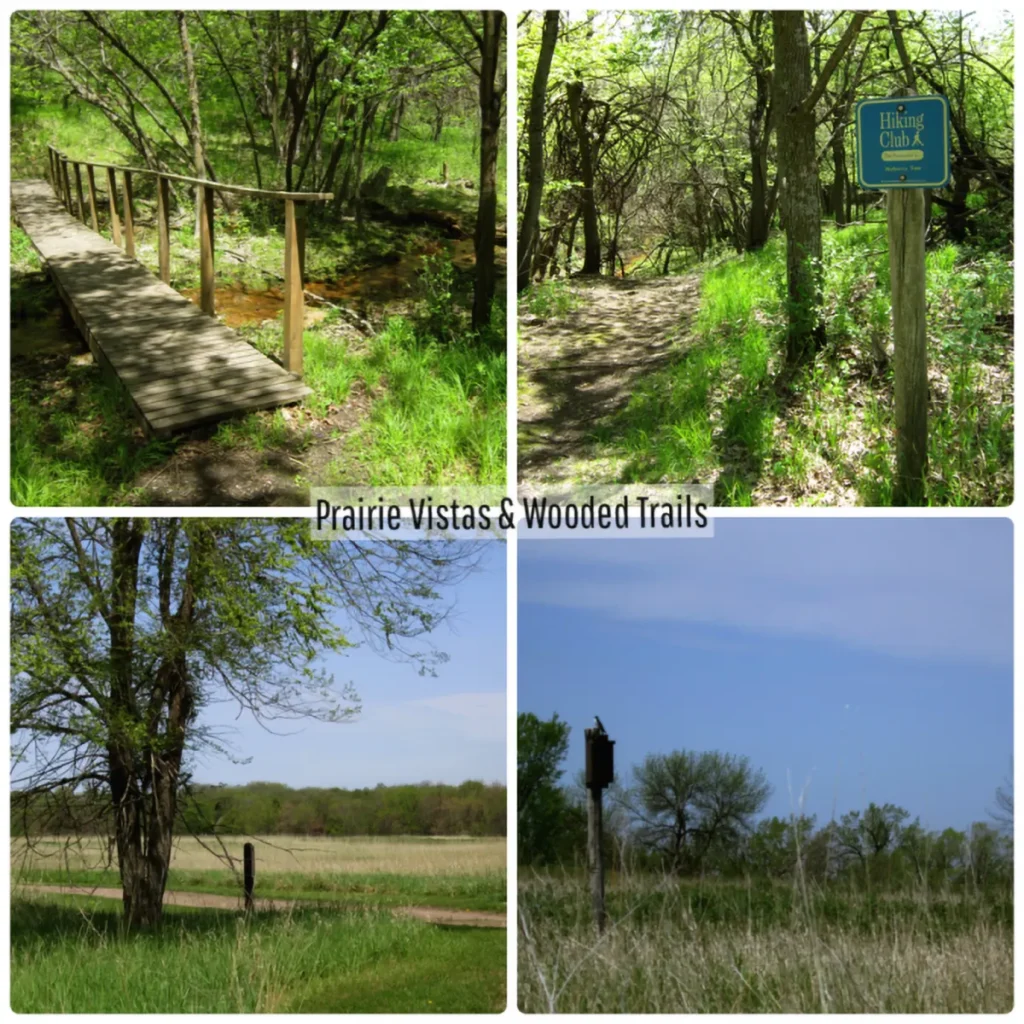
When we returned the GPS device we borrowed, we took some extra time to chat with Cara Greger, the Assistant Manager of Big Stone Lake State Park. She had led the presentation on geo-caching and taught participants how to use the GPS devices that morning, and continued to be happy to answer our questions about everything from why ticks are important ecologically to what the process for a prescribed burn is. She is a smart, friendly, and knowledgeable lady, and we were glad for the chance to talk with her.
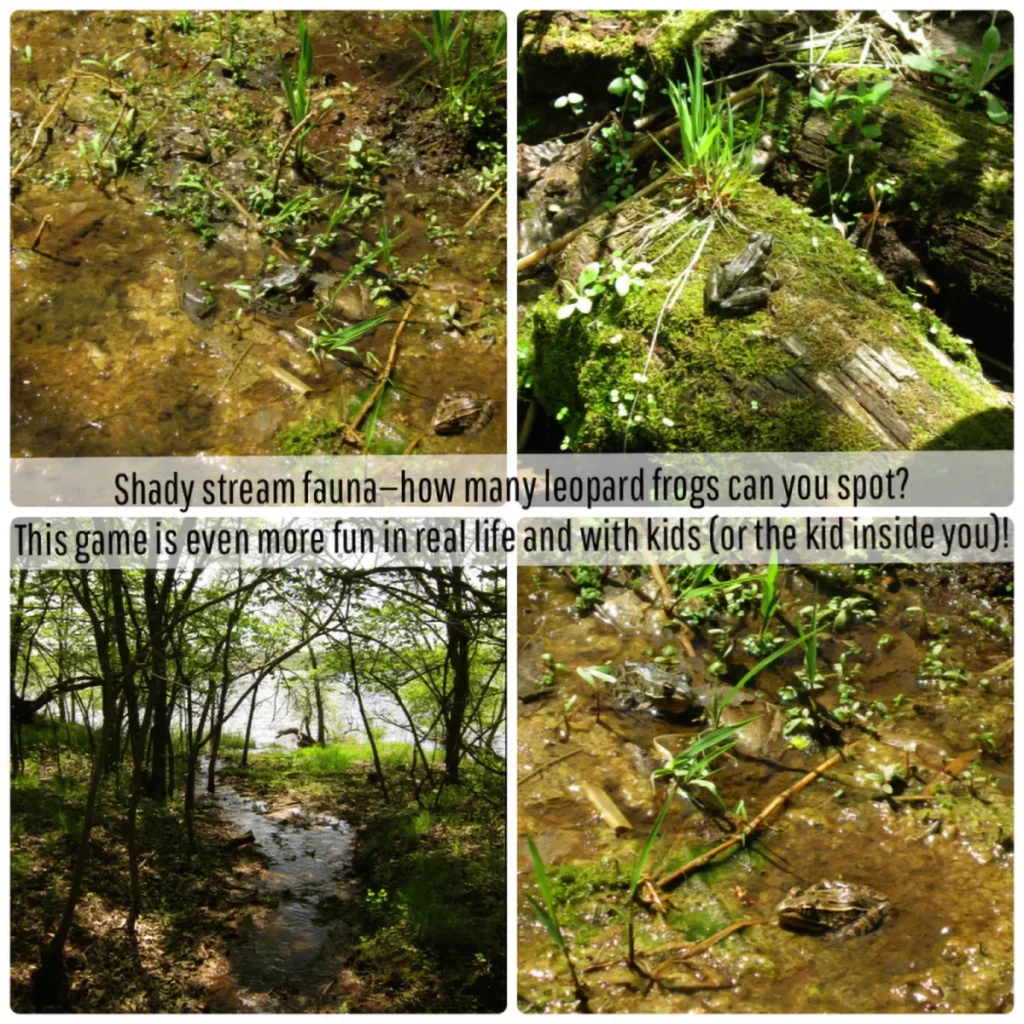
But, most importantly: The Landscape.
After taking the online “Virtual Tours” of several State Parks in the area, I decided to visit Big Stone Lake State Park based on the variety of the landscape and the lake’s hydrologic significance. The park has two sections about 12 miles apart, both bordering Big Stone Lake. The southern portion, Meadowbrook, is more open, with a prairie-like vistas and big skies, while the northern section, Bonanza, includes wooded trails. You can access the lake and camp at both areas, or just wander about looking at the flora and fauna. Between the two areas, both the deciduous woodlands and open prairies of the Minnesota River watershed are represented.
A View of Big Stone Lake
Then, there’s Big Stone Lake itself. It is 26 miles long and about one mile wide, and it fills the very upstream reaches of the river valley carved by Glacial River Warren. Big Stone Lake was originally dammed naturally by the Whetstone River’s delta, though an artificial dam now performs this role. The lake is calm and beautiful today, but looking at its expanse and imagining the power of the river that carved its bed is a reminder of the history of the Minnesota River, a mere remnant of the once-raging River Warren.
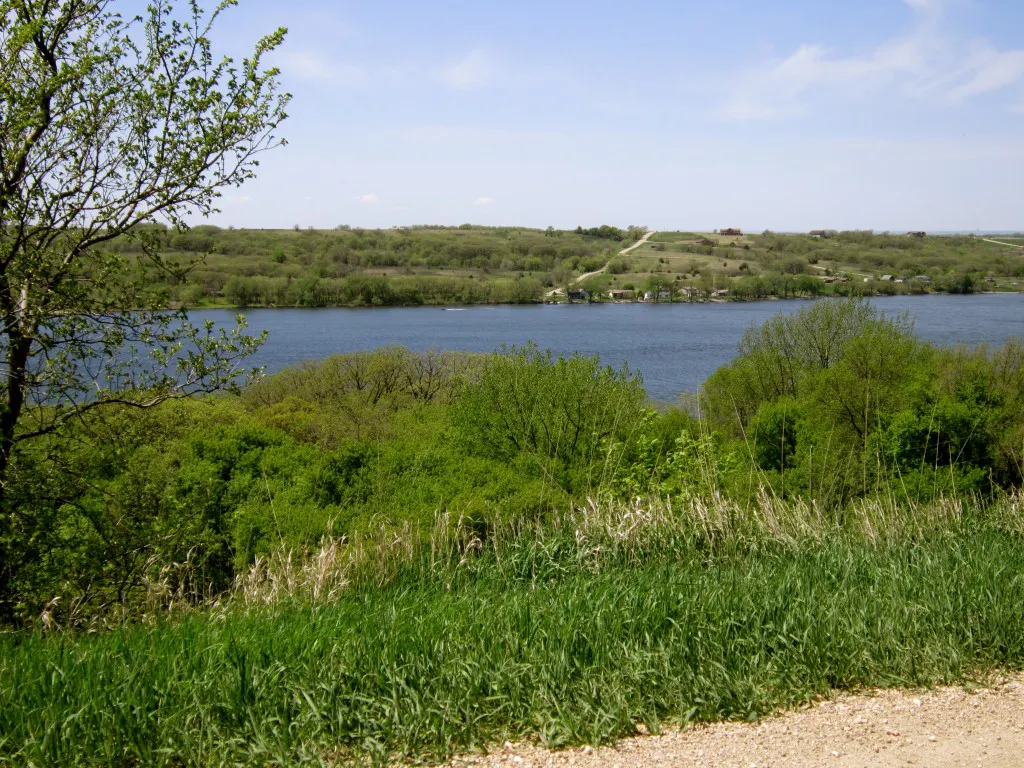
Blog post by Ariel Herrod, Watershed Sustainability Program Coordinator. Photo Credits to Ariel Herrod and Christine Obriecht.

